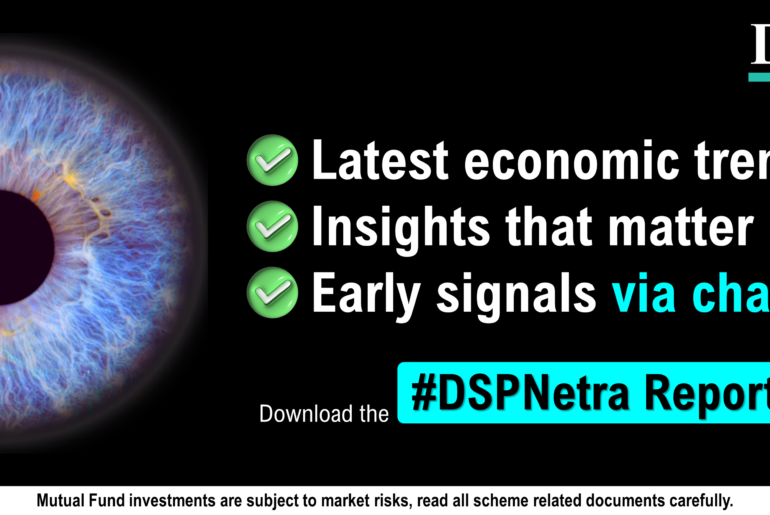Last Updated on Feb 28, 2023 by
“Small-cap means startup or penny stocks” – We have always heard this line. However, it’s not always true. A small-cap stock can very well be a set and established business with a strong track record, strong management and financials. Still, you need to be very careful before investing in small-cap companies. Here are some factors you can follow before investing in small-cap businesses.
1. History
I have heard people saying, “History is not equal to the future”, and I totally agree with this statement. But history is a decent guide to the future, so looking at historical performance is very important. Now when we say performance, it means the performance of the business because, as they say, stock prices are slaves to the earnings of the business. So you need to look out for some basic things historically like:
- Sales growth
- Growth in profit margins
- Evolution of return ratios (ROE, ROCE, ROIC)
If you think these things will change in the future, you should have proper checks done before blindly trusting the hypothesis.
2. Management
There are multiple parameters here –
- Integrity – In India, lots of promoters have different return expectations for themselves and minority shareholders, but the right way should be that they are aligned with minority shareholders. There are multiple ways in which promoters can cheat the minority shareholders, so you need to check if any such thing has happened in the past. Another important thing should be that the management overpromising and not meeting their promises again becomes a problem which you should keep in mind before investing money in small caps.
- Competence – After integrity, the management needs to be competent and profitably grow the business. Good management should have qualities like a clear vision, the ability to take decisions under tough conditions, and qualities that can help the business grow profitably and sustainably.
- Skin in the game – You must always look at the skin in the game of any management. If they speak so positively about their business and it is the best business ever, and then they have a 10-12% stake in the company hypothetically, there seems to be a mismatch. So you should always keep a check on promoter holdings before investing.
- Where is the money going? – You should check very closely how much money the company is being taking home by the management directly through salaries and indirectly through perks, compensations, rent etc.
- You must also check that there are no legal and regulatory cases on the promoters of the company.
3. Related party transaction
Wherever there is room for anticipation, there is room for manipulation. So related party transactions are the footnotes which really need due diligence. You need to check how much percentage of total sales is done to related parties. Are there significant loans given to related parties or promoter-owned entities when loans are given? Have there been interesting payments on these loans, and whether the interest rate is way lower than market rates? Has there been any significant write-off of loans given to related parties? In the case of high related party sales, you must also check that the cash is coming from those sales.
4. Environment
Doing multiple channel checks with distributors, dealers and employees of the company is very important. Investing is not just sitting in a room and reading analyst calls. you should always fact-check what the ground reality is and if that matches the statement made by the management. It can very well happen that management might boast about having a high market share, and when you speak to its distributors, they say that the particular company’s goods are not being sold well, so it will give you more space for thinking in-depth.
5. Value trap
As the saying goes, “Curse of a value investor is that they are always early”. If you see the graph below, you can understand that Stock A did not move from January 2016 – January 2019, but post that, the stock price started breaking all heights.
Sometimes there are also scenarios where a stock is cheap and stays cheap for long periods of time. So if you see the chart below, you can see that the stock hasn’t moved much from January 2016 to January 2023. So in such scenarios, you should consider what is missing that the market knows.
6. Capital allocation
You should be very careful when it comes to capital allocation. When there are too much-unrelated investments on the balance sheet, like investments in startups, equities, and real estate or excessive goodwill on the balance sheet, it becomes a big question.
7. Audit
You should always read the auditor’s report and check if the auditor is flagging anything serious. Also, you see who the company auditor is and which other firm they audit. It is also worth checking if there are changes frequently happening in auditors.
8. Contingent liabilities
These liabilities are usually ignored, but you should always track this as a percentage of total liabilities. You must be very cautious when you see guarantees against loans to promoters or related entities.
9. Cash
While investing in any company whose ratios and growth have improved in just the last 2-3 yrs, you must ask if their financials are sustainable. If not, then you must stay away from such businesses. If the margins and returns are very lucrative, you must also check that the business can convert returns and profits to cash.
10. Bad times
We always had a “King of good times”, but when it came to bad times, the king fled away, so you should always check how a company tackled a bad time or scenario. How had the management reacted? What were the actions taken to come out of those bad times?
Conclusion
Small-cap companies are considered to have high growth potential but are equally risky. Use Tickertape Stock Screener to analyse a stock using 200+ filters like market cap, net profit, 1-yr returns, 5-yr CAGR and more. Overall, before investing, consider your investment objectives, risk appetite and understand a company well. Happy Investing!
- Sovereign Gold Bonds (SGBs) – A Smart Alternative to Gold Exposure - Jul 12, 2024
- Navigating the Debt Trap: Lessons from Business Failures - May 30, 2024
- Utility of Wealth in Gen Z and Their Spending Patterns - Apr 30, 2024



